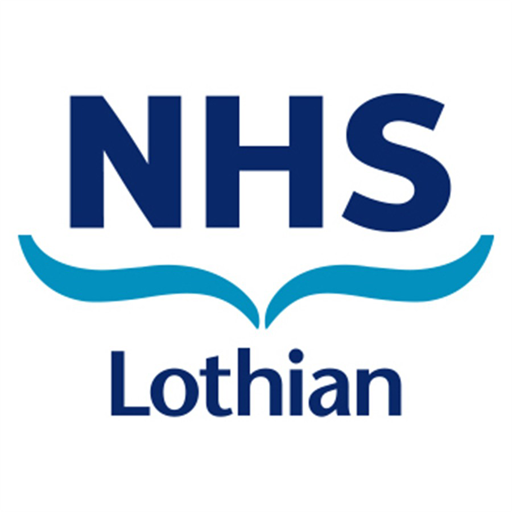Recording diagnosis of HIE and birth asphyxia

When admitting or reviewing a baby with concern about hypoxic-ischaemic encephalopathy please do not enter a diagnosis of ‘birth asphyxia’ or ‘HIE’ without discussing with the consultant. When admitting on Badger, use category ‘poor condition at birth’ if needed.
Many babies who are depressed at birth, require resuscitation and are acidotic, show rapid normalisation of their behaviour soon after birth. They should not be diagnosed as having mild encephalopathy.
After admission, if the infant’s condition is not normalising rapidly, please fill in the HIE neurological assessment form on badger (smart search HIE and it will pop up) and discuss the diagnosis with the consultant if the baby is considered to be encephalopathic.
The diagnosis of Grade 1 HIE takes skill in neurological examination. It is characterised by signs which persist over hours, not a single examination showing mild encephalopathy findings. Distinguishing Grade 1 from a normal baby who is simply recovering from the effects of a short period of hypoxia is important as Grade 1 HIE may be associated with an increased risk of neurodisability, meaning that an MRI scan and follow up may be required. On the other hand transient neurological signs that resolve quickly are not likely to have long term consequences.
Do not discharge an infant with the diagnosis of any grade of HIE without first discussing with a consultant whether the diagnosis is appropriate. Inaccurate recording of ‘HIE’ or ‘birth asphyxia’ on a discharge letter leads to parental distress and confusion.

